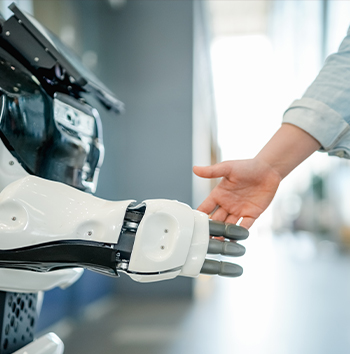


Artificial Intelligence (AI) has transformed robotics by enabling machines to learn from data, rather than simply following pre-programmed instructions. At the core of this transformation is machine learning (ML), a subset of AI that allows robots to improve their performance over time by analyzing past experiences.
Robots equipped with ML algorithms process vast amounts of data from their sensors, cameras, and environment to recognize patterns and make informed decisions. Supervised learning, unsupervised learning, and reinforcement learning are commonly used in robotic applications:
For example, AI-powered warehouse robots use RL to optimize picking routes, while autonomous drones use ML to recognize obstacles and avoid collisions. Machine learning makes robots more adaptive, efficient, and capable of handling dynamic environments.